Rules and technology for watering strawberries
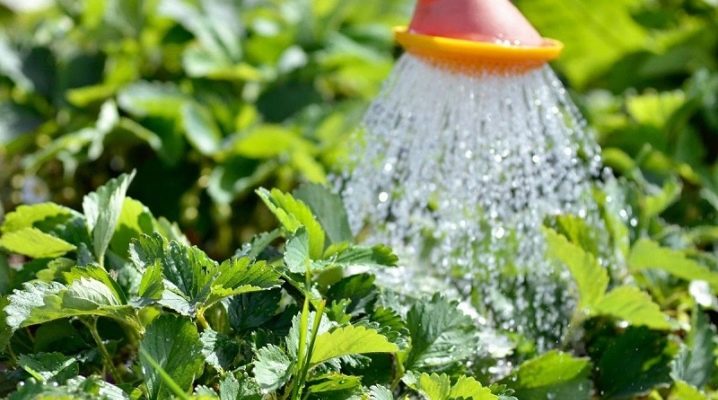
Watering strawberries, like any other garden crop, should be in compliance with all the necessary recommendations. Only in this case will the required amount of moisture be provided to the plant roots. At certain times, watering is combined with plant feeding.
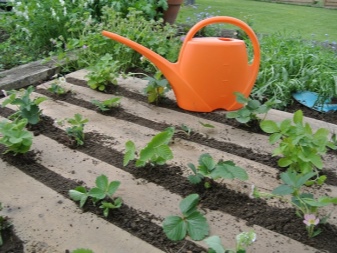
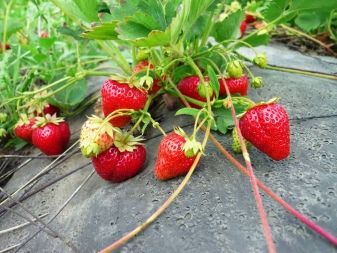
The need for watering
Strawberries, regardless of the variety, are one of the main consumers of water. During the fruiting period, including the ripening of fruits, the amount of moisture should be sufficient for the harvest to be a decent amount, and the berries are tasty and healthy.
If we neglect watering, writing off everything to precipitation, which on certain days and even weeks may not be, then the plants will dry out. With excessive moisture, strawberries can, on the contrary, rot - they do not grow in swampy soil.
When you find that the water flow is too high, then the irrigation system needs to be modified.
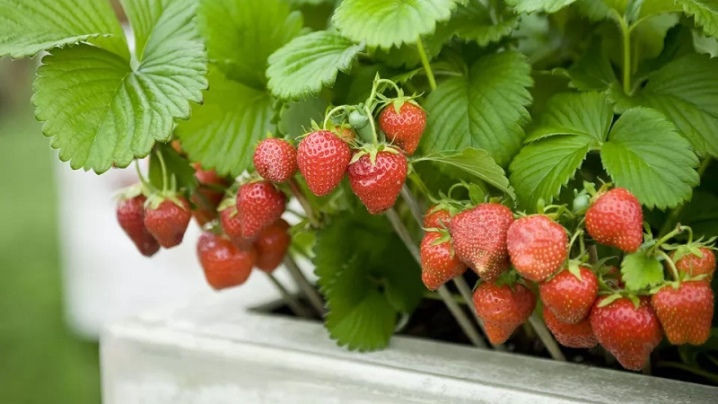
How often should you water?
It does not matter what sort of strawberry is used - remontant, "Victoria" and other similar varieties, a hybrid of strawberries and strawberries, or "pure" strawberries: the optimal watering regime for greenhouse cultivation is once in the evening. At the same time, the entire volume of water is poured in immediately - for each bush. To make it easier for strawberry bushes to grow and develop, use additional measures - loosening the soil under the bush, mulching.
You can plant strawberries in partial shade - the beds are located next to fruit trees, while the influence of heat and heat will be weakened, which makes it possible to reduce watering to one or two times every 2-3 days.
Strawberries do not "like" the earth, which looks like liquid mud - in such soil, water would finally displace the air from its root zone, and without normal respiration, the roots rot and die off.
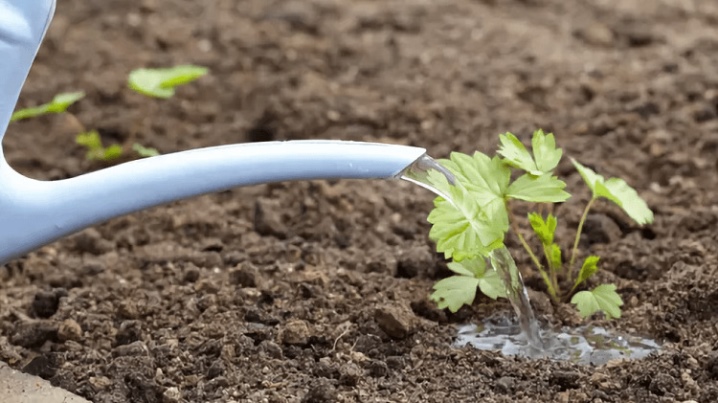
Water quantity and temperature
For each young, newly planted bush, you will need about half a liter or a liter of water per day. Grown bushes with an age of 5 years - at this very moment, strawberries bear fruit as much as possible - they require up to 5 liters of water per day. It does not matter how it will be introduced into the soil - by irrigation from a hose or by a drip method - the amount of water is added per additional liter per day every year. Then the bushes are transplanted - the old strawberries gradually reduce the number of fruits from each square meter of thickets.
Temperatures below 16 degrees (cold water) are generally prohibited for watering: a sharp cooling of the soil by 20 degrees or more can slow down the reproduction and development of any garden vegetation. Strawberries are no exception to this rule: if practically ice water is poured onto a soil heated to 40 degrees, the plants will begin to turn yellow and die off, “considering” that a sharp cold snap has come.
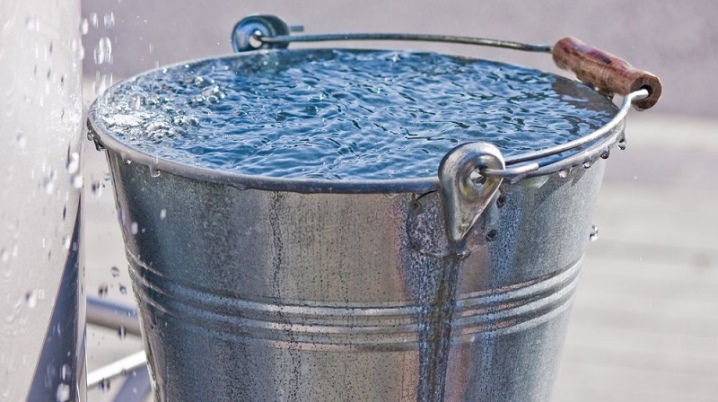
Times of Day
During the day, in hot weather, in clear weather, it is impossible to water any plants, not even fruit trees, not to mention berry ones, which include strawberries. Water droplets falling on leaves and stems, ripening berries, play the role of collecting lenses that concentrate the flow of sunlight. And where the drop was, there will be a burn. The poured soil, immediately warmed up under the hot rays of the sun, will turn into a kind of double boiler: 40-degree water will literally scald the plants alive.
Watering should be done at sunset in the evening or in the morning before sunrise.In cloudy weather, when the sunlight is scattered, you can water the strawberries during the day - by any means. If the sun is weak, but the rays still break through the cloud cover, sprinkling should not be done. Drip irrigation can be left overnight: in the evening, the water supply opens or containers are filled into which water is poured. During the night, water will seep into the ground, and by the time the heat begins, the ground will dry out.
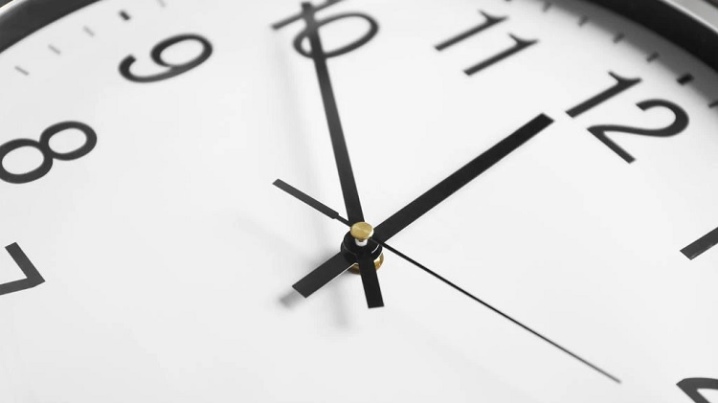
Views
Watering strawberries is carried out in three ways: the usual (from a watering can or a hose), using drip devices and sprinkling.
Manual
Manual, or conventional, watering is done with a watering can or a hose. An improved version is a nozzle for a watering can at the end of a short (up to 1 m) pipe connected to a hose. This allows you to reach a row of thickets up to 1 m wide, without the need to step between the bushes, walking along the path between the rows of bushes.
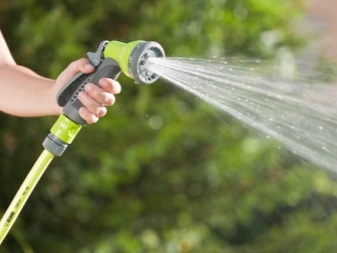

Drip
Three options are used as a drip irrigation system.
- A drilled bottle inserted into the ground near each bush. Any are used - from 1 to 5 liters.
- Drippers suspended above each bush... As with bottles, it requires topping up with water from a watering can or a hose.
- Hose or fiberglass pipe. One hole the size of a syringe needle was drilled near each of the bushes - this is enough to irrigate the ground only around the bush, without spilling water over the entire area.
The advantages of drip irrigation are the reduction of the growth of weeds that do not receive moisture, the ability to be absent during the irrigation process. The peculiarity of the drip system is to finally stop wasting excess water on weeds that are looking for a reason to germinate next to a useful crop, taking nutrients from the soil from it. Plants receive moisture without the intervention of a gardener: in the case of using a pipeline system, water flows independently, around the clock, drop by drop once every one second or in a certain number of seconds. As a result, the cost of irrigation is reduced several times: water is not consumed where it is practically not needed.
With drip, constant irrigation of a half-shaded strawberry bed under the crowns of fruit trees, the concept of watering frequency becomes inapplicable to the current situation - it does not stop, but is slowed down enough so that the beds do not become a kind of swamp, and stops when it rains. The service life of the system pipes is up to 20 years. The disadvantage is that untreated water can clog the holes, which means that it is necessary to install a filter at the inlet to the common pipeline. For the winter, before the onset of frost, water is completely drained from the drip system. The pipes can also be replaced with a transparent or light colored hose.

How to water properly?
For watering garden crops, including strawberries, it is important to adhere to the following rules.
- Avoid splashing water in places other than the location of the root rosettes of the bushes... If the bush has given a new "mustache", from which a new root has formed, and the daughter bush has started to grow, make a new hole in this place in the pipe or hose, or hang a dropper.
- Water flows smoothly, at the root - it does not erode the ground, but stops and seeps into the soil. Regardless of the "stream" or "drip" of irrigation, excess water should not be poured.
- Observe watering times strictly. Avoid watering strawberries in hot weather or overnight frost.
- Do not spray in the wind: he takes the fountain to the side, and up to half of the water can be lost to irrigate places where there may be only weeds.
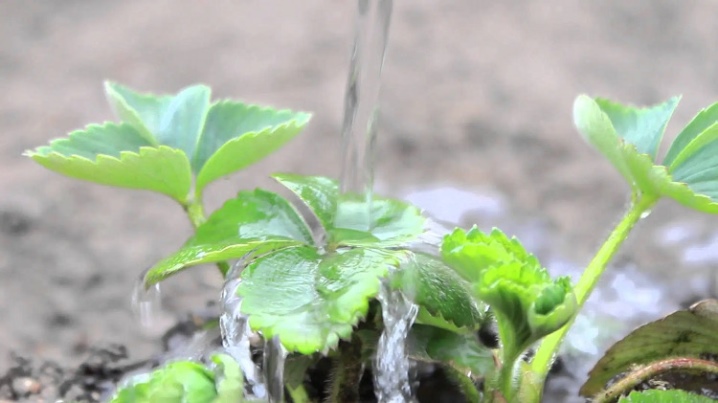
According to the stages of vegetation, it is recommended to adhere to the following routine.
- At the beginning of active growth - in the spring, when new buds open and shoots grow from them, strawberry bushes are watered, spending half a liter of water for each bush. Moderate moisture is associated with a lack of heat.A daily dose of 0.5 liters is divided into 2-3 irrigation sessions - this will allow water to flow evenly to all root processes.
- If strawberry bushes were planted last year or earlier, the first watering is done after the end of frost, thawing and when the soil begins to dry out... The first watering is recommended to be carried out by sprinkling - artificial rain will wash away dust and dirt from the branches, collected, for example, during intense rainfall last autumn. The sprinkling method is permissible only until the flowers appear - otherwise the pollen from them will be washed off, and this is fraught with crop failure.
- Two weeks later, new seedlings - for the first year - are transferred to a dosage rate of 12 l / m2... After each watering, finding that the surface layer of the soil has dried up, it is loosened - loosening reduces the consumption of moisture and provides the roots with acceptable breathing. In all cases, the water must be warmed up to room temperature.
- When covering the beds with agrofibre or film, check the condition of the soil. If it is damp, then it is better to postpone watering - strawberries, like many other crops, do not tolerate waterlogged soil.
- Sprinkler irrigation is not used when flowering - transfer the strawberries to root jet irrigation or drip irrigation. Dew and natural rain do not always compensate for all the moisture needs of the bushes. When the heat begins in April and May, strawberries are watered every two days. Moderately warm weather allows strawberry bushes to be watered once or twice a week - moisture evaporation is delayed. Water consumption increases to 18-20 l / m2. Flowers, inflorescences, leaves must remain dry.
- Strawberries do not have the simultaneous - in a short time - blooming and pollination of flowers... Having found ripe berries - for example, at the end of May - collect them before the next watering. This is a feature of this culture during fruiting. Ripe berries are harvested on time, before they deteriorate: the remaining resources are directed to the ripening of the remaining berries and the formation of new branches (whiskers). Watering must be done once a week, provided that the regular heat has not yet begun. Water consumption is up to 30 l / m2. Ideally, only the ground should be irrigated - not the above-ground part of the bush.
- After harvesting, the end of the “strawberry” season (at the end of June for the southern regions), watering of strawberries does not stop. This makes it possible for plants to restore lost strength, grow new shoots, and take root in nearby places: this is the key to an even more bountiful harvest for the next year.
- Like any garden culture, the strawberries are watered in advance.
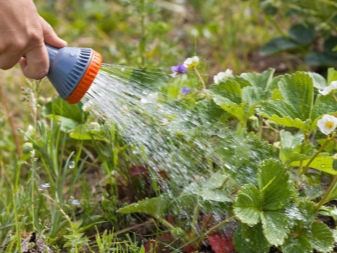
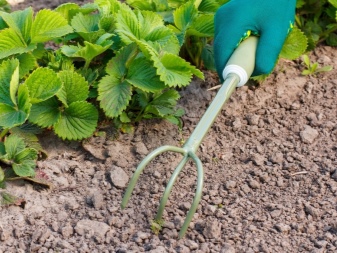
Combination with dressings
Top dressing, watering and the use of pest control products of all types and varieties are combined.
- Copper sulfate is diluted in the amount of a teaspoon per bucket (10 l) of water. It is needed so that the bushes do not suffer from fungus and mold.
- Potassium permanganate is used to destroy pests - two weeks after the snow melts. The solution should turn crimson.
- Iodine is added in the amount of a tablespoon per bucket. Thanks to him, rot does not form on the leaves and stems. The solution is applied by spraying. You can replace iodine with boric acid.
Protected from pests, stems and leaves create all the conditions for the formation of more flowers. Regular watering is combined with nutritious watering - potassium and phosphate salts, settled feces, urine are mixed as fertilizers.
You cannot exceed the dosage - up to 10 g per bucket of water: the roots of the bushes will die out. Fertilizers are poured in or applied in the spring and after harvest.
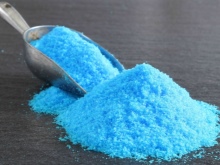

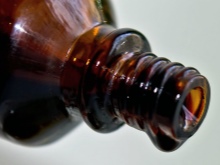
Features of watering different beds
Watering beds of different locations differs in the method by which it is produced.
For tall
High (loose) garden beds, used mainly in areas with a significant depth of soil freezing, make it necessary to abandon the usual sprinkling. They need to be watered only by drip.The task is to ensure the soil is moistened by a maximum of 40 cm. Irrigation of deeper layers of soil is pointless - the roots of strawberry and strawberry bushes reach a depth of no more than the mark on the bayonet of a shovel stuck to the very handle.
If the soil is "spilled" more abundantly, then the remaining moisture will simply drain down without giving any result. Tall beds are elongated reservoirs with walls constructed of corrosion-resistant materials such as non-biodegradable plastic or clay, with holes in the bottom.
The general principle is that it is important here to prevent waterlogging of the land in them.
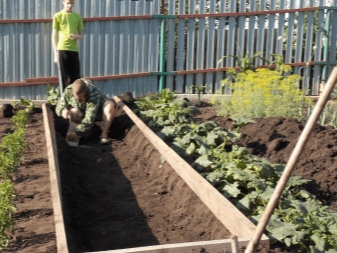
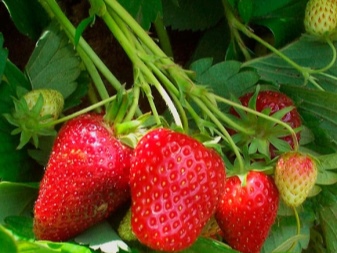
Under the covering material
Agrofibre allows moisture to pass from above (rain, artificial sprinkling), but delays its return (evaporation). It also deprives the rest of the open ground of light - like all plants, weeds cannot grow in places where it is completely absent. This makes it easier to care for the thickets of the crop, saving the gardener's time.
The best solution is to have a black overlay with white overlay. Black does not transmit light, white reflects visible rays of any color, which reduces the heating of the covering material by 10 or more times, which, if overheated, would work like a steam bath, causing the death of the root system of the grown crop. The advantage is also the absence of the need to loosen the soil, and not only get rid of weeding.
Agropotno is the best assistant, along with drip irrigation, for summer residents who value their time.
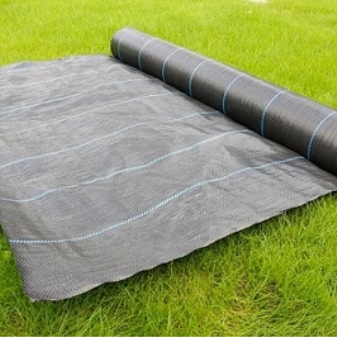
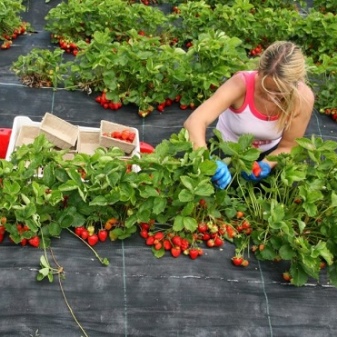
Common mistakes
The most common errors include:
- too frequent or, conversely, rare watering;
- an attempt to cover the entire young seedlings with a white or transparent film, leaving them no gap for the evaporation of excess moisture;
- application as fertilizer of unripe manure, chicken droppings that have not turned into full-fledged compost;
- pouring out concentrated urine as a top dressing - instead of its weak aqueous solution;
- exceeding the concentration of vitriol, potassium permanganate, iodine - in order to protect against pests;
- stopping watering after harvesting;
- planting strawberry bushes in unprepared, unprotected places where there is a violent growth of weeds;
- planting seedlings not in spring, but in summer - they do not have time to gain volume and growth, to fully take root, which is why they quickly die;
- ignoring other irrigation methods - using only sprinklers.
One of the listed errors can nullify the expected harvest, and several can destroy the entire strawberry garden.
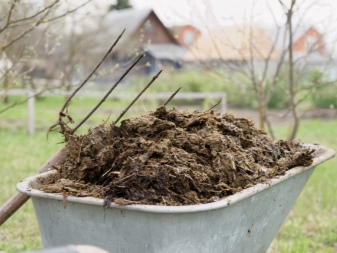
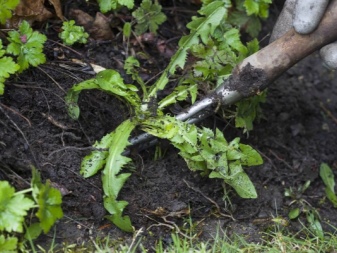
Useful Tips
The heat for strawberries shouldn't take them by surprise. The best option for all garden crops is to build a greenhouse in which the bushes are protected from the searing heat, hurricane and pests. The germination of weeds soon after weeding the site is excluded - the old ones are easy to completely lime, and the seeds for the new ones will not penetrate into the greenhouse. Greenhouse growing conditions can allow for two harvests per year. Before feeding, strawberry bushes are pre-watered with clean water. This applies to feeding and protecting against root pests that destroy the underground and aboveground parts of plants. The introduction of top dressing and protective compounds into the soil is carried out after the rain has already passed. The optimal feeding time is morning or evening.
The water intended for irrigation should normally be free of mud and algae - to avoid clogging the irrigation system. The presence of hydrogen sulfide and iron in water should be excluded - hydrogen sulfide reduces the growth rate, reacting with oxygen dissolved in water, it forms sulfurous acid. As a rule, acidic water inhibits the growth of vegetation, as it is "dead". Iron oxide, additionally oxidized by oxygen, forms oxide - rust, clogging pipelines and small holes made in it, which shortens the service life of the system.
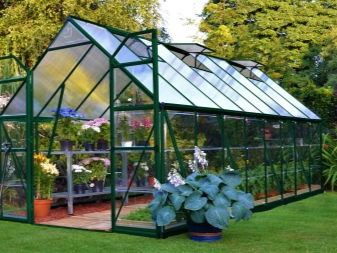
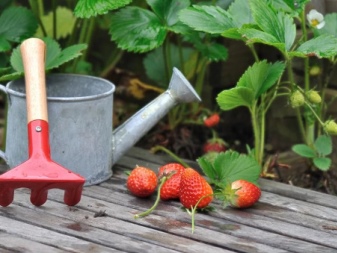








The comment was sent successfully.